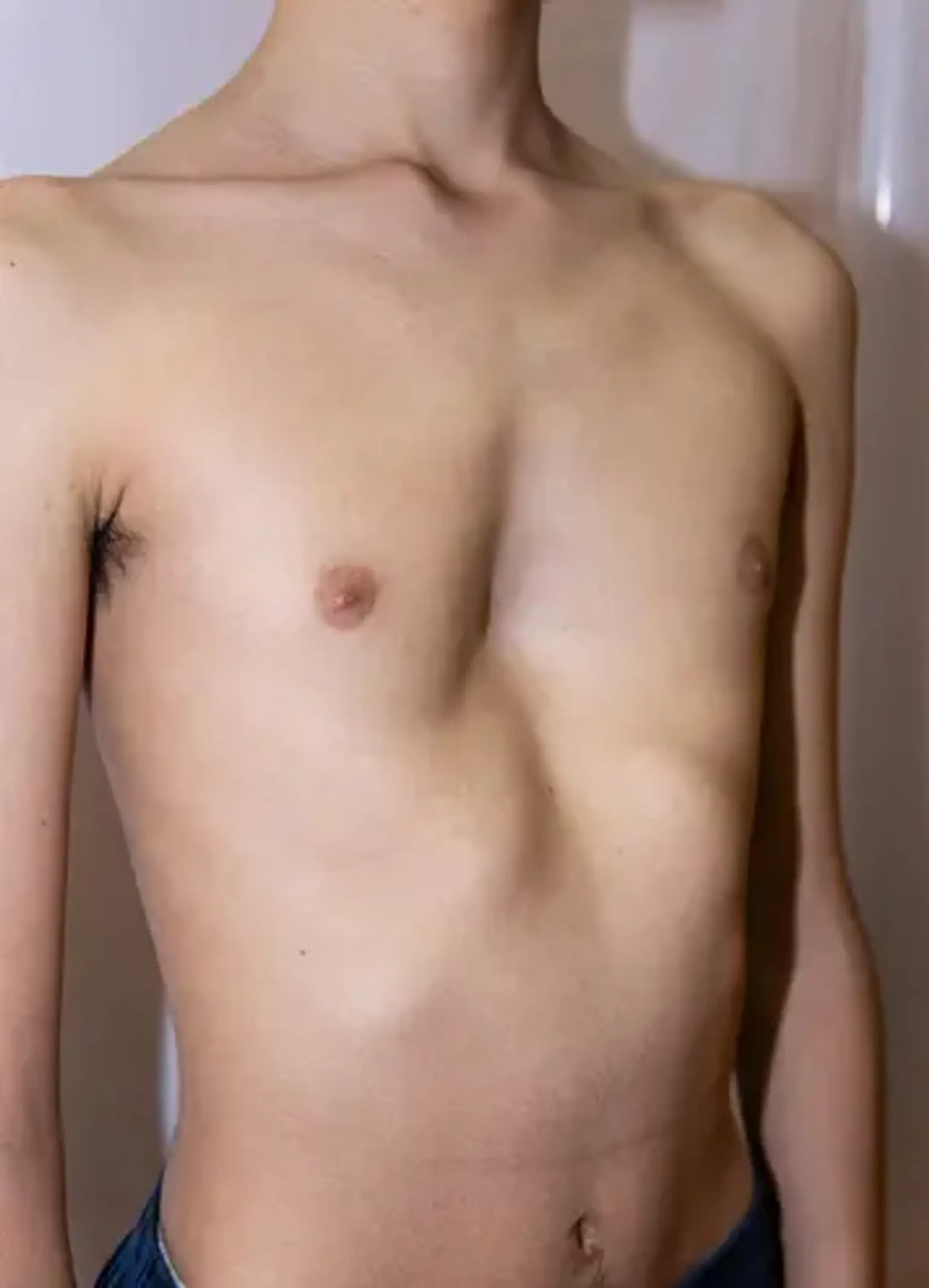Pectus Excavatum Surgery
Overview
Pectus abnormalities are responsible for around 95 percent of congenital chest wall defects, with pectus excavatum being the most frequent. Pectus excavatum is distinguished by an anterior chest wall depression that results in a "funnel chest."
While the abnormality affects the third to seventh costocartilages or ribs, the xiphisternum is the most severely affected location. Although the malformation can be symmetrical, it is more often asymmetrical and can affect other parts of the thorax. A pectus deformity might be detected in a newborn or develop later in infancy.
